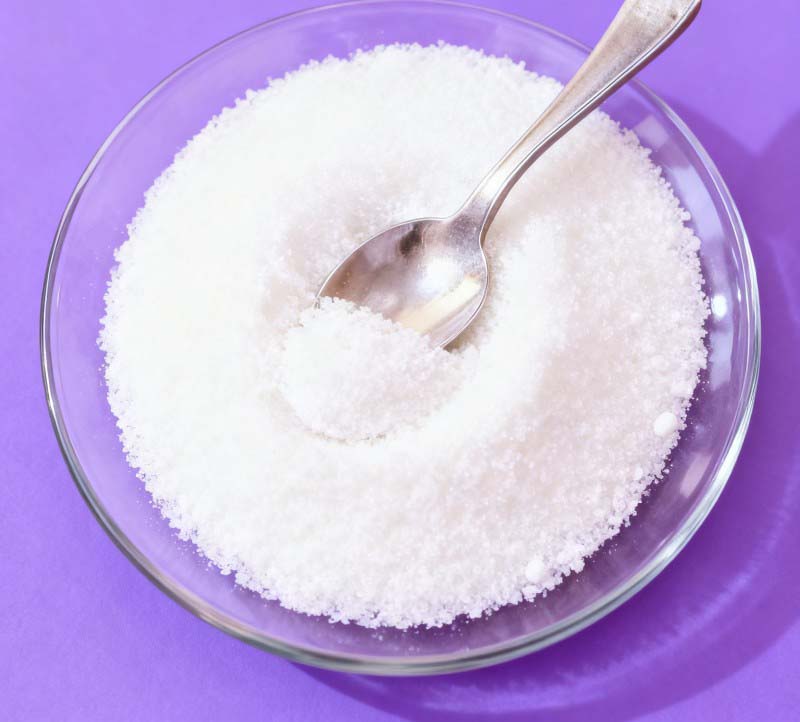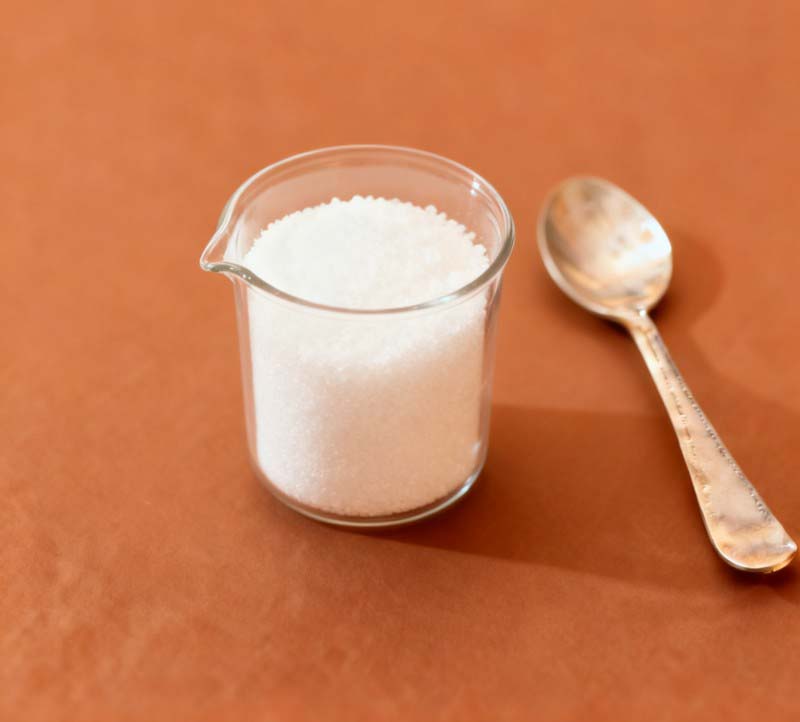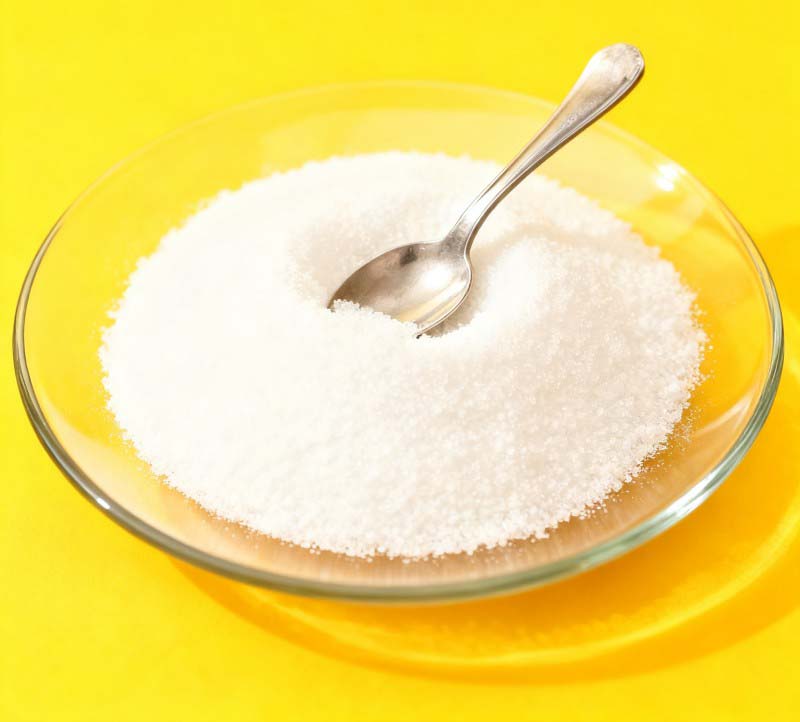Biotinylation: A Comprehensive Guide to Biotin Modification in Life Sciences
The term “biotin modification,” or more formally “Biotinylation,” is a cornerstone technique in modern biochemistry and molecular biology. When a researcher, student, or industry professional searches for this term, their needs are often multifaceted, ranging from understanding the basic concept to troubleshooting a complex experiment. This article aims to provide a comprehensive overview of biotinylation, addressing the core questions and needs behind the search.
At its heart, biotinylation refers to the process of covalently attaching biotin (a water-soluble B vitamin, also known as Vitamin B7 or Vitamin H) to a target molecule.
The power of this technique doesn’t come from biotin alone, but from its extraordinary partnership with avidin and its bacterial cousin streptavidin. This pair forms one of the strongest non-covalent bonds known in nature, with an incredibly high binding affinity (Kd ≈ 10⁻¹⁵ M).
Think of it as a universal hook-and-loop system: you attach the “hook” (biotin) to your molecule of interest, and then you can use the “loop” (streptavidin) to grab onto it, isolate it, or visualize it.

The streptavidin-biotin interaction is the workhorse for numerous applications. Here are the most common ones:
Protein Detection and Purification:
Affinity Purification:
This is a direct application of pull-down assays. By immobilizing a biotinylated molecule on streptavidin-coated resin, researchers can create a highly specific purification column to isolate its binding partners with exceptional purity.
Cell Surface Labeling:
Specific biotinylation reagents are membrane-impermeable and can be used to selectively tag proteins on the outer surface of live cells. This is invaluable for studying membrane protein trafficking, endocytosis, and cell surface receptors.

Diagnostics and ELISA:
Many diagnostic kits and ELISA assays use the biotin-streptavidin system to amplify the detection signal. Because one streptavidin molecule can bind multiple biotinylated detection antibodies, the sensitivity of the assay is significantly enhanced.
Imaging and Microscopy:
Streptavidin can be conjugated to fluorescent dyes (e.g., FITC, TRITC) or quantum dots. By using a biotinylated antibody that targets a specific structure, researchers can visualize the location of that target within a cell or tissue sample with high precision.
Choosing the right biotinylation method is critical for experimental success. The main methods fall into two categories: chemical and enzymatic.

A. Chemical Biotinylation
This uses reactive biotin esters that covalently link to specific amino acid side chains on your target molecule (usually a protein).
B. Enzymatic Biotinylation

This method offers superior site-specificity. The most common enzyme is BirA, which recognizes a specific 15-amino-acid sequence called the AviTag. By co-expressing your protein of interest (fused to the AviTag) with the BirA enzyme in cells, you get a single, uniquely biotinylated protein at a defined location. This is ideal for studying protein-protein interactions where random chemical biotinylation might interfere with binding.
A successful biotinylation experiment requires careful planning.
Choosing the Right Reagent: